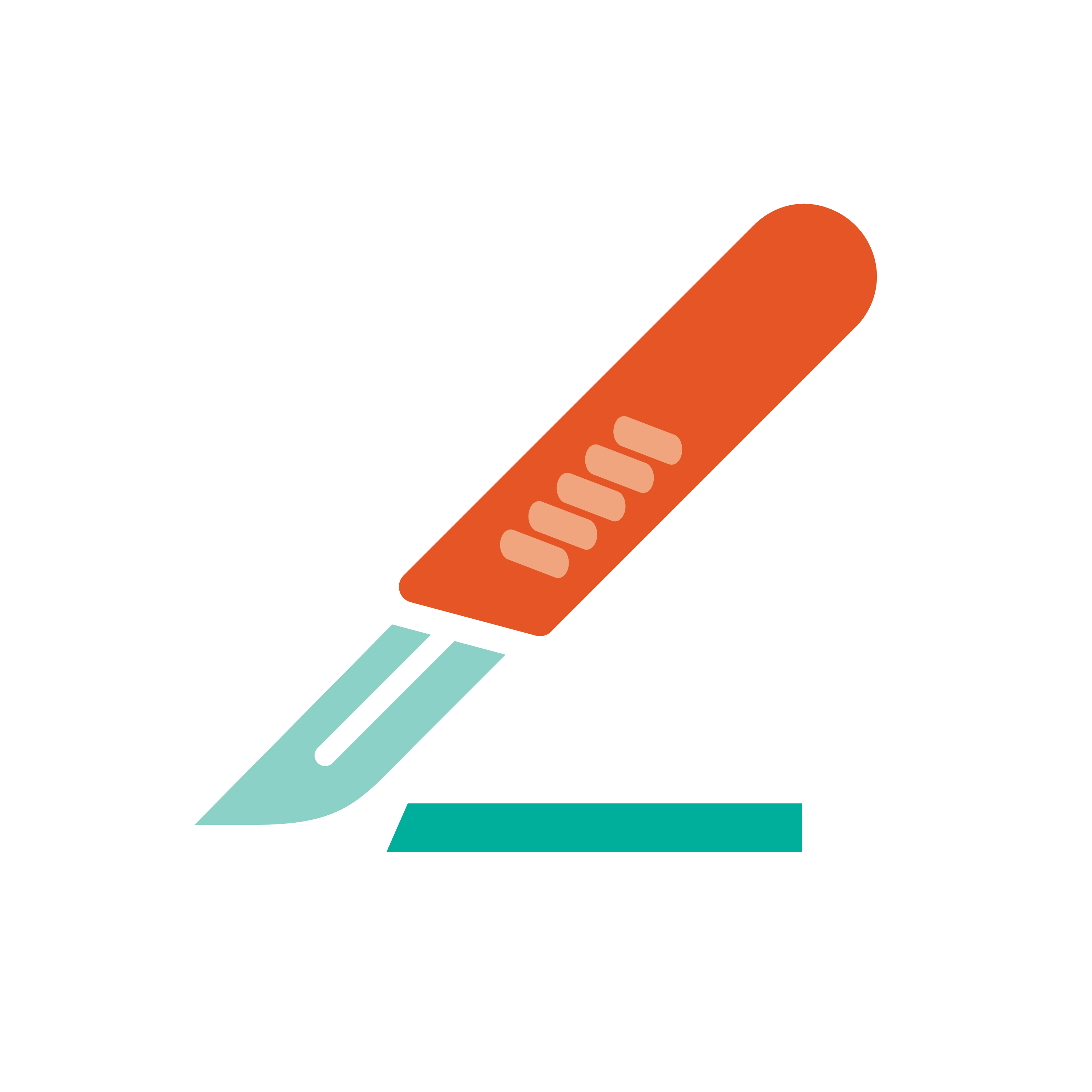An outreach two years in the making
Share this
URL Copied!
Last month our team in Madang, Papua New Guinea, conducted a long-awaited Outreach to Alotau, the capital of Milne Bay Province. Located in the south-eastern tip of Papua New Guinea, Milne Bay Province is made up of more than 600 islands, about 160 of which are inhabited. Our Outreach Team travel to areas like this to ensure that even people in remote communities have a chance to access quality eye care.
The Alotau Outreach was originally planned back in 2019 to take place in 2020. The Alotau Provincial Hospital had requested help to address the huge backlog of eye cases they had after their resident eye doctor left. Unfortunately, the COVID-19 pandemic hit before our team in Madang could make it down. Security concerns after a series of violent incidents took place in the area in 2021 further put a hold on plans.
Two years later, we were finally able to coordinate with the Alotau Provincial Hospital to set up a surgical outreach. The Australian NGO Cooperation Program (ANCP) fully funded the outreach, and a team of 10 eye care professionals was put together, including staff from the Port Moresby General Hospital, Alotau Provincial Hospital, and our Madang team. This was a much larger group than normal, but it was important to have enough eye doctors, nurses, and admin staff to be able to get through the expected number of consultations and surgeries.

In the first two weeks, 140 cataract surgeries were performed and 944 patient consultations were held. This is an amazing effort from all involved - from the eye nurses who screen the patients and eye doctors who perform surgeries, down to the staff who coordinated with the local hospital and organise the supplies, accommodation and travel required to make an outreach possible.
As news of the outreach spread, more and more patients started coming in, so the team decided to stay on longer. Last-minute plans were made to ensure work could continue and more patients could have their sight restored. In total, the team was able to see 1,225 patients, conduct 250 surgeries, and give out 91 pairs of spectacles. About 60% of the patients they ended up seeing were new walk-ins who heard about the outreach from relatives, public notices and media, which highlights the massive demand for accessible eye care in both the mainland and remote outer islands.
The daughter of one of the patients treated during the outreach, Mai, said her mum, Bona, asked her to travel to the eye clinic every month to find out when an eye doctor would come. Bona’s vision had started going blurry in 2018, which made it difficult to do regular chores, garden, or spend time with her grandchildren. By 2020 she couldn’t see anything. Bona’s husband tied a rope from the house to the outside toilet and river so she could get herself around. After two years of using the rope, Bona was thrilled to be able to come in and get the first of two cataract surgeries she so desperately needed. After coming back with Mai to have the bandage removed, she said she could not believe what she saw.

As well as treating patients, a key focus of the outreach was to support the local workforce by providing an opportunity for upskilling. The consultant and registrar on the team worked together to provide supervision for training doctors, and our outreach nurses were able to demonstrate key skills to the local team.
Our Madang team have been working hard to advocate for more eye doctors in the country. During this trip, they presented in front of key eye health organisations to promote the work of The Foundation and speak about the need for more eye doctors. Papua New Guinea should have at least 80 eye doctors, yet currently, there are only 12. Papua New Guinea has the highest rates of blindness and vision impairment in the Pacific, so training more eye care professionals to meet the demand is critical.
Alotau outreach summary

|

|
 |
| 1,255 patient consultations |
250 |
91 spectacles dispensed |